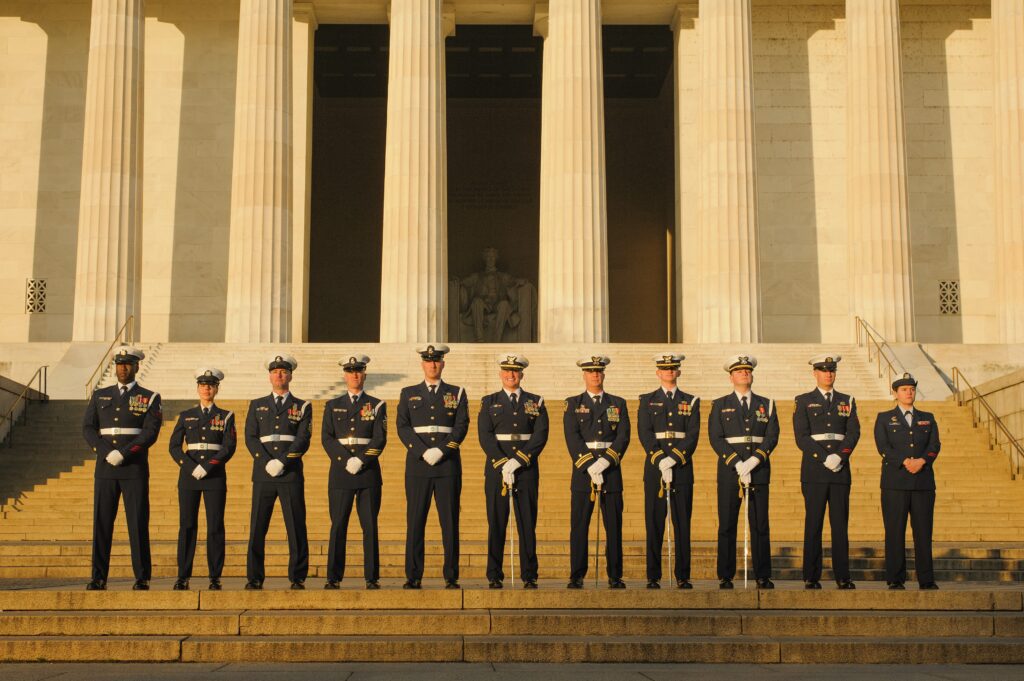The content introduces the ceremonial military tradition known as the Changing of the Guard. It explains that this tradition involves replacing the guards responsible for protecting important landmarks or official residences. The history of the tradition is explored, with the origins believed to date back to ancient Rome. The symbolism behind the Changing of the Guard is discussed, emphasizing its representation of national sovereignty and the transfer of responsibility. Additionally, the tradition symbolizes respect and honor for fallen soldiers. The content also describes the typical procedure and highlights popular locations where the ceremony takes place. The conclusion emphasizes the significance and universal appeal of the Changing of the Guard.
The Changing of the Guard
Introduction
The Changing of the Guard is a ceremonial military tradition that has been practiced by various countries around the world for centuries. This elaborate ceremony involves the replacement of the guards responsible for protecting important landmarks, palaces, or official residences.
History
Although the exact origins of the Changing of the Guard are unclear, it is believed to have originated in ancient Rome, where sentries would be replaced every two hours to ensure constant vigilance in guarding the city. Over the years, this practice has evolved into a symbolic ceremony carried out by different military units.
Symbolism
The Changing of the Guard holds significant symbolism that goes beyond the mere act of replacing guards. It represents the continuity of national sovereignty and the seamless transfer of responsibility from one generation of soldiers to the next. This tradition serves as a reminder of the nation’s commitment to defend its values and protect its people.
Additionally, the Changing of the Guard symbolizes respect and honor towards the fallen soldiers who have dedicated their lives to the country. It is a display of gratitude and remembrance for their service and the sacrifices they have made.
Procedure
The exact procedure of the Changing of the Guard may vary from country to country, but it generally follows a structured routine. The incoming guards march in sync, showcasing their precision and discipline. They are usually accompanied by a military band, which adds to the grandeur of the ceremony.
The ceremony typically involves a formal inspection of the guards and a symbolic exchange of keys or weapons between the outgoing and incoming guards, representing the handover of authority. This act signifies the trust and reliance placed on the new guards to fulfill their duties diligently.
Popular Locations for Changing of the Guard
The Changing of the Guard takes place at various famous locations across the globe. Some of the most well-known sites include Buckingham Palace in London, UK; Arlington National Cemetery in Virginia, USA; the Tomb of the Unknown Soldier in Athens, Greece; and the Rashtrapati Bhavan in New Delhi, India.
Conclusion
The Changing of the Guard is more than a mere display of military precision and choreography; it is a time-honored tradition rooted in symbolism. This ceremony serves as a powerful reminder of a nation’s commitment to safeguarding its values, paying tribute to fallen soldiers, and ensuring the continuity of national sovereignty. Through its rich history and universal appeal, the Changing of the Guard continues to captivate audiences worldwide and uphold the values of duty, honor, and patriotism.
